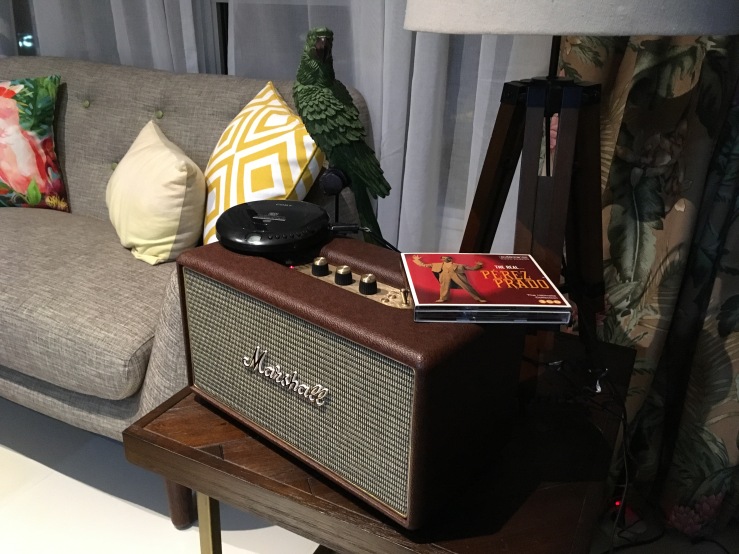 I’ve gone a bit Disco recently.
I’ve gone a bit Disco recently.
In part, this was kind of inevitable. After all a lot of the bands I’ve written about on this blog had their Disco phase, so why shouldn’t I have one too? And the truth is, I’ve always been more than a bit partial to some Disco. I was 10 years old in 1979, and I reckon that you’ll find very few people who were that age in that year with free access to a radio and Top of the Pops whose souls aren’t momentarily lifted whenever they hear the intro to Funkytown.
But my recent phase has been influenced by David Hamsley’s To Disco With Love, a book that collects together some of the Disco era’s album artwork, grouped into different themes (with the mid 70s dominating, there’s a lot of golds, browns and sunburnt finishes), The covers are often pretty much as bad as you would expect, but then again, so what? As a Black Sabbath fan, I’m perfectly comfortable with the idea of great music coming with dreadful covers.
And a lot of it was great. Chic and Giorgio Moroder get a lot of the attention these days, but at the moment I prefer the mid 70s period: less glitter more strings plus a sprinkle of high camp (which, let’s face it, gave flavour to most of the great pop from the 70s). Disco’s borders with Funk and soul were pretty porous, and the book finds space for Kool & the Gang, Philadelphia International and even Ramsey Lewis.
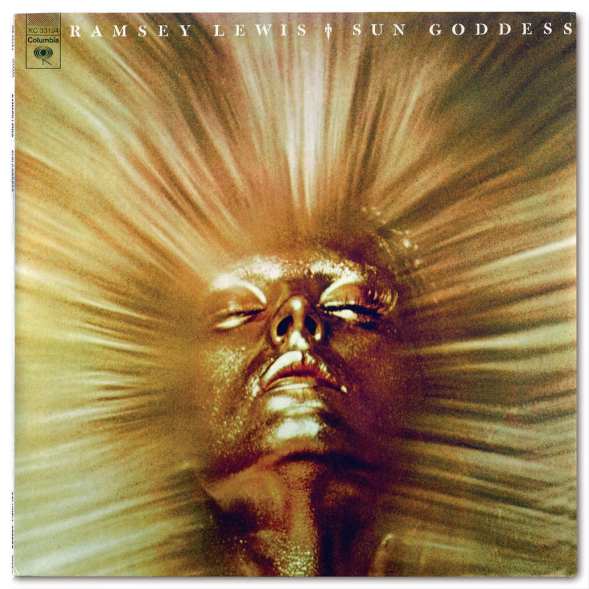
The older I get, the more I like this stuff. And I like it without irony, this is no guilty pleasure, where the Salsoul Orchestra albums are tucked safely away from view. I think it’s because it’s all upbeat stuff. I find dark and edgy music overrated these days, I’ll take the Beach Boys, Stevie Wonder, AC/DC or ABBA any day.
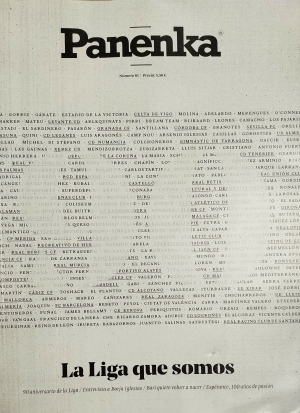
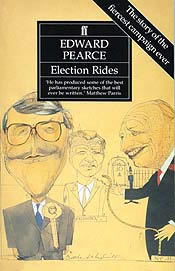 Edward Pearce’s Election Rides is a collection of articles that the author wrote for The Guardian during the 1992 General election campaign. Each of the 20-odd chapters describes a different constituency, and Pearce shadowing one of the candidates for a day’s campaigning, usually involving pub lunches, visits to parts of the constituency identified as friendly or friendly-ish to the candidate, and more likely than not, a visit to an Old Folks’ home. It’s interesting to re-read this book after 27 years or so. Apart from anything else, reminds you of an older, different politics. The election was the last one before people started having internet access, and it’s the party political broadcasts that provide the background music, particularly the controversial, emotive Labour broadcast that highlighted the long waiting list experienced by a young child on the NHS.
Edward Pearce’s Election Rides is a collection of articles that the author wrote for The Guardian during the 1992 General election campaign. Each of the 20-odd chapters describes a different constituency, and Pearce shadowing one of the candidates for a day’s campaigning, usually involving pub lunches, visits to parts of the constituency identified as friendly or friendly-ish to the candidate, and more likely than not, a visit to an Old Folks’ home. It’s interesting to re-read this book after 27 years or so. Apart from anything else, reminds you of an older, different politics. The election was the last one before people started having internet access, and it’s the party political broadcasts that provide the background music, particularly the controversial, emotive Labour broadcast that highlighted the long waiting list experienced by a young child on the NHS.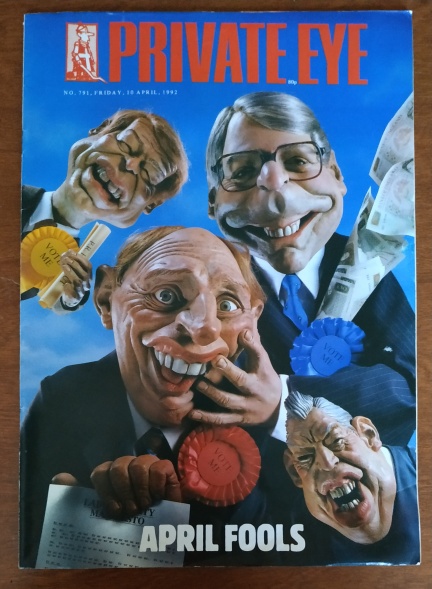

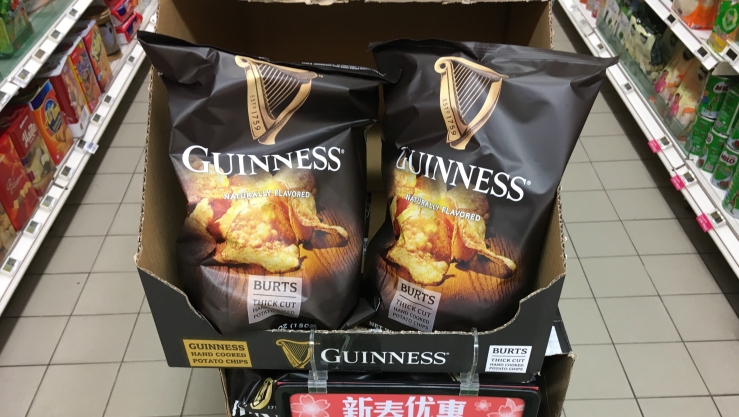


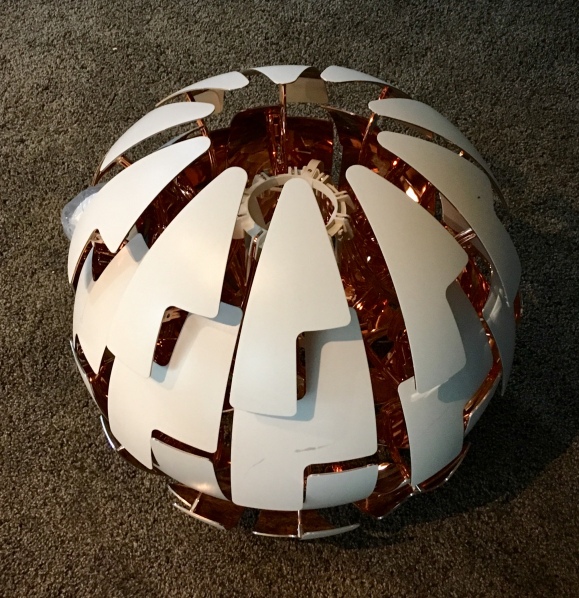 I spent most of yesterday spring cleaning, though these days perhaps I should be using the phrases “Life Laundry”, “Decluttering” or “Simplifying My Life”. To be fair, there is something to these phrases, even though in my case, the decluttering was done for practical reasons rather than spiritual, the main one being that it was not only getting more difficult to find things in the bomb shelter, if was starting to get difficult to close the door.
I spent most of yesterday spring cleaning, though these days perhaps I should be using the phrases “Life Laundry”, “Decluttering” or “Simplifying My Life”. To be fair, there is something to these phrases, even though in my case, the decluttering was done for practical reasons rather than spiritual, the main one being that it was not only getting more difficult to find things in the bomb shelter, if was starting to get difficult to close the door.